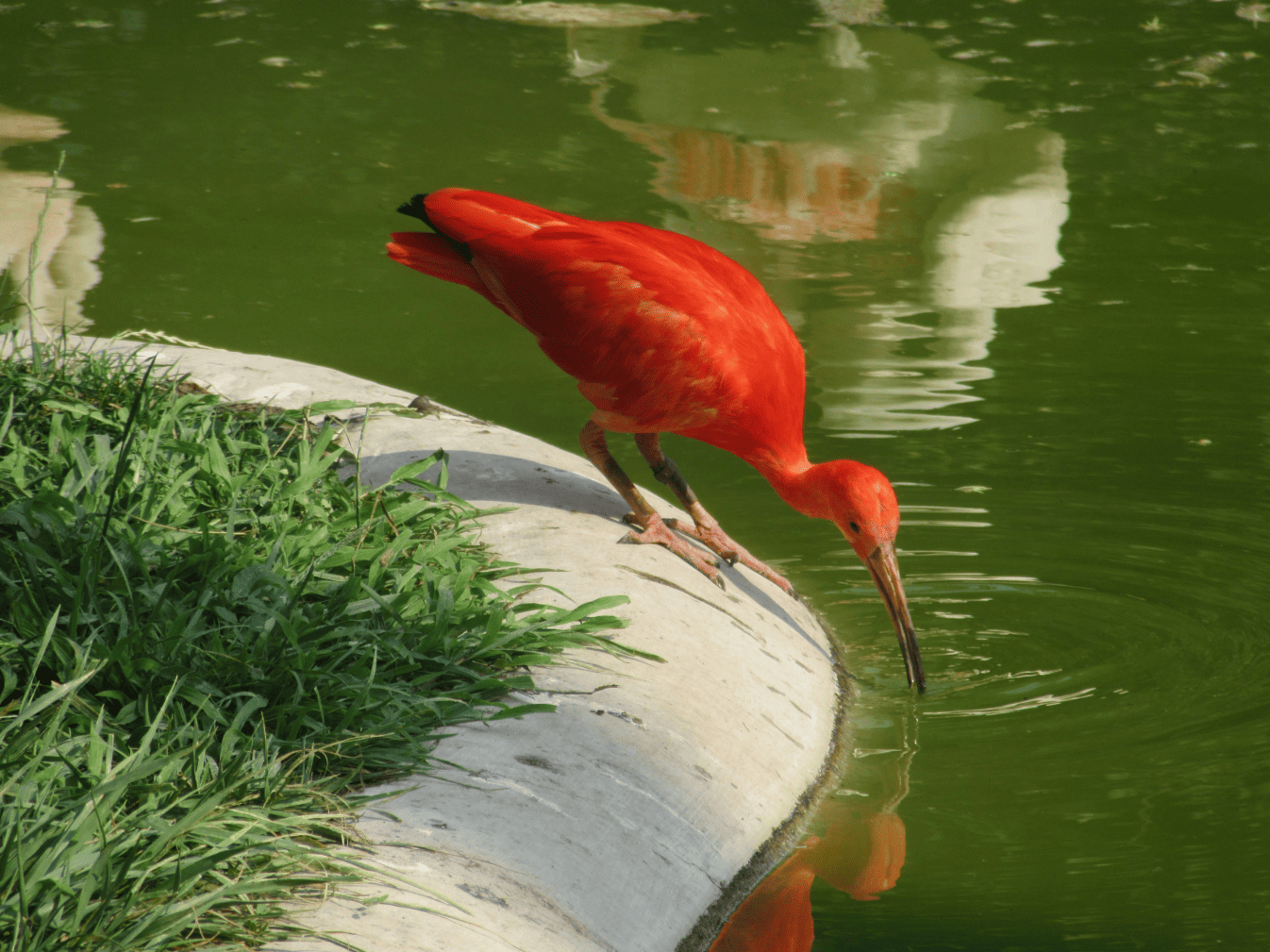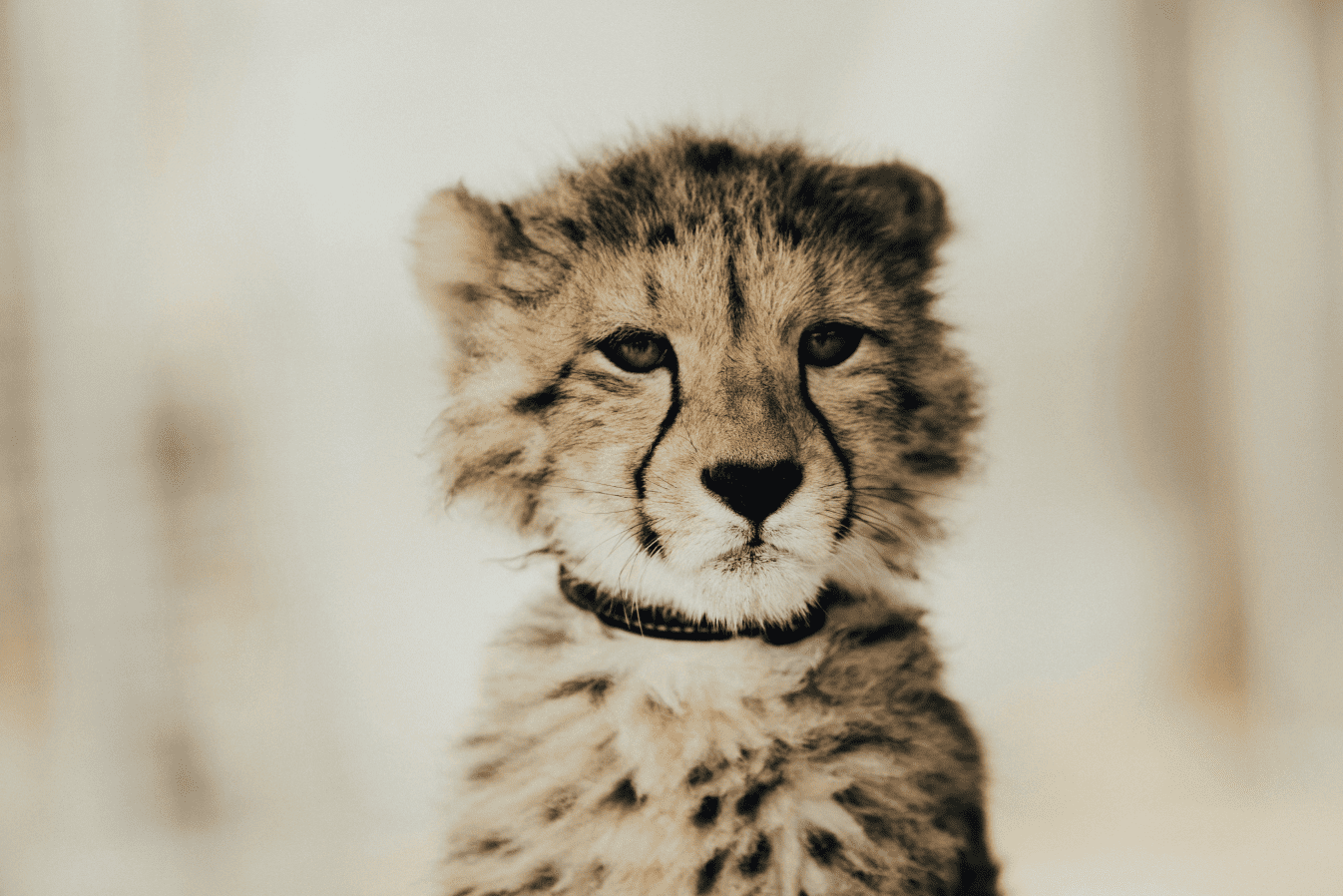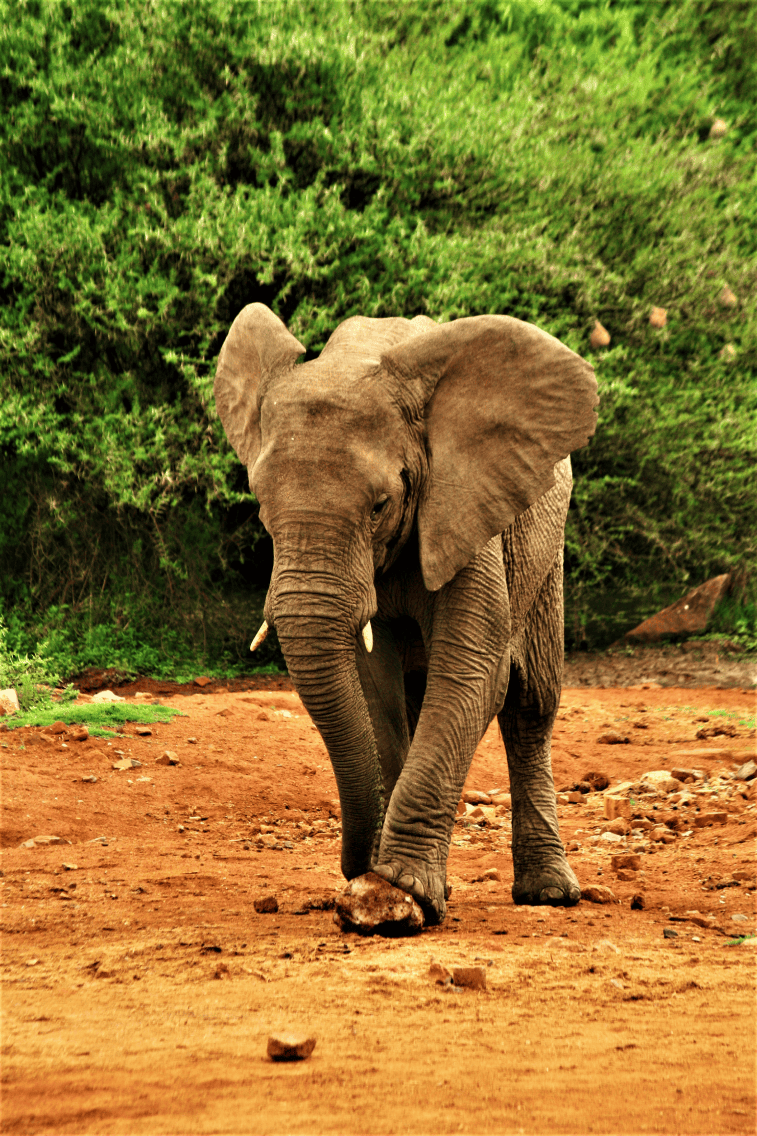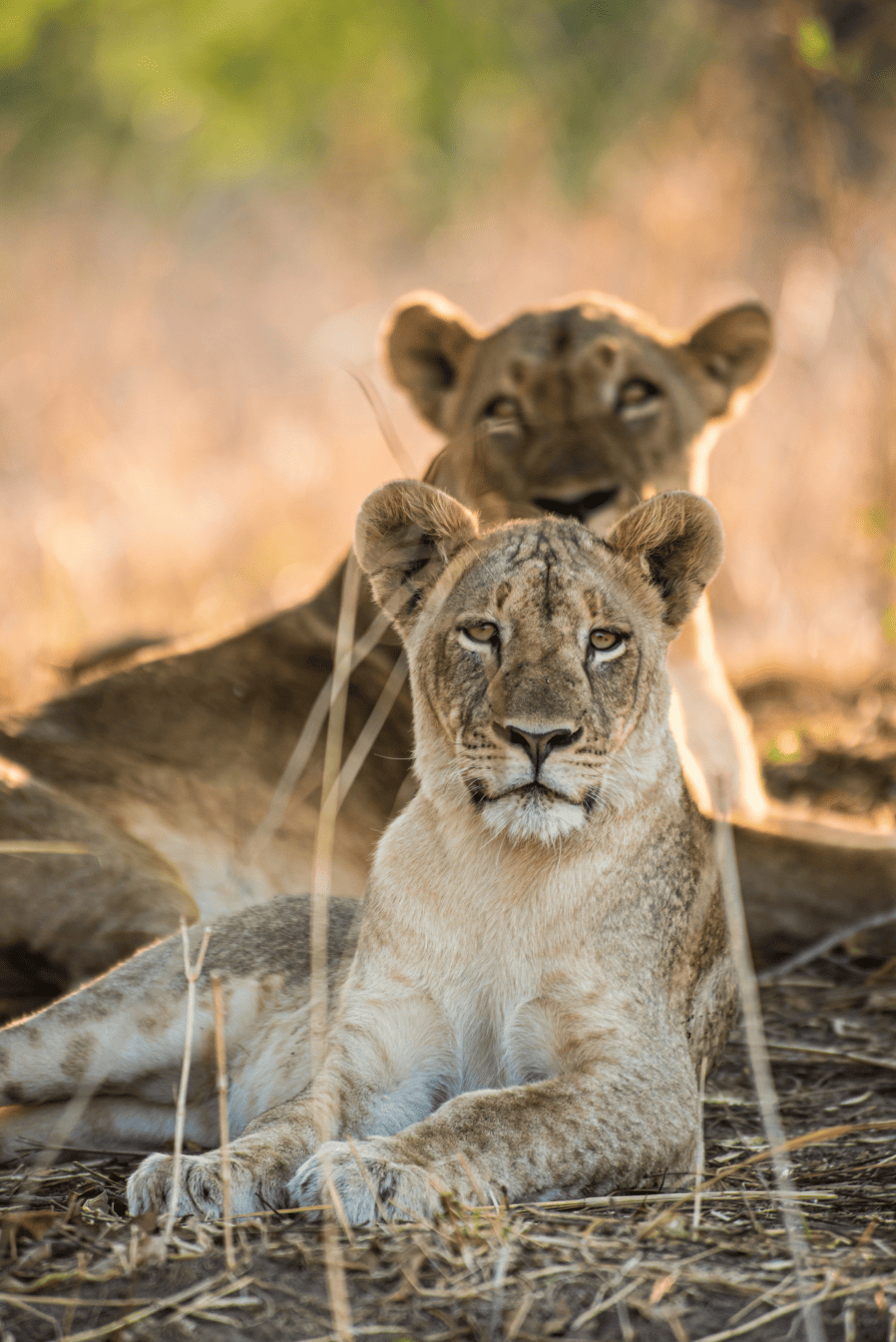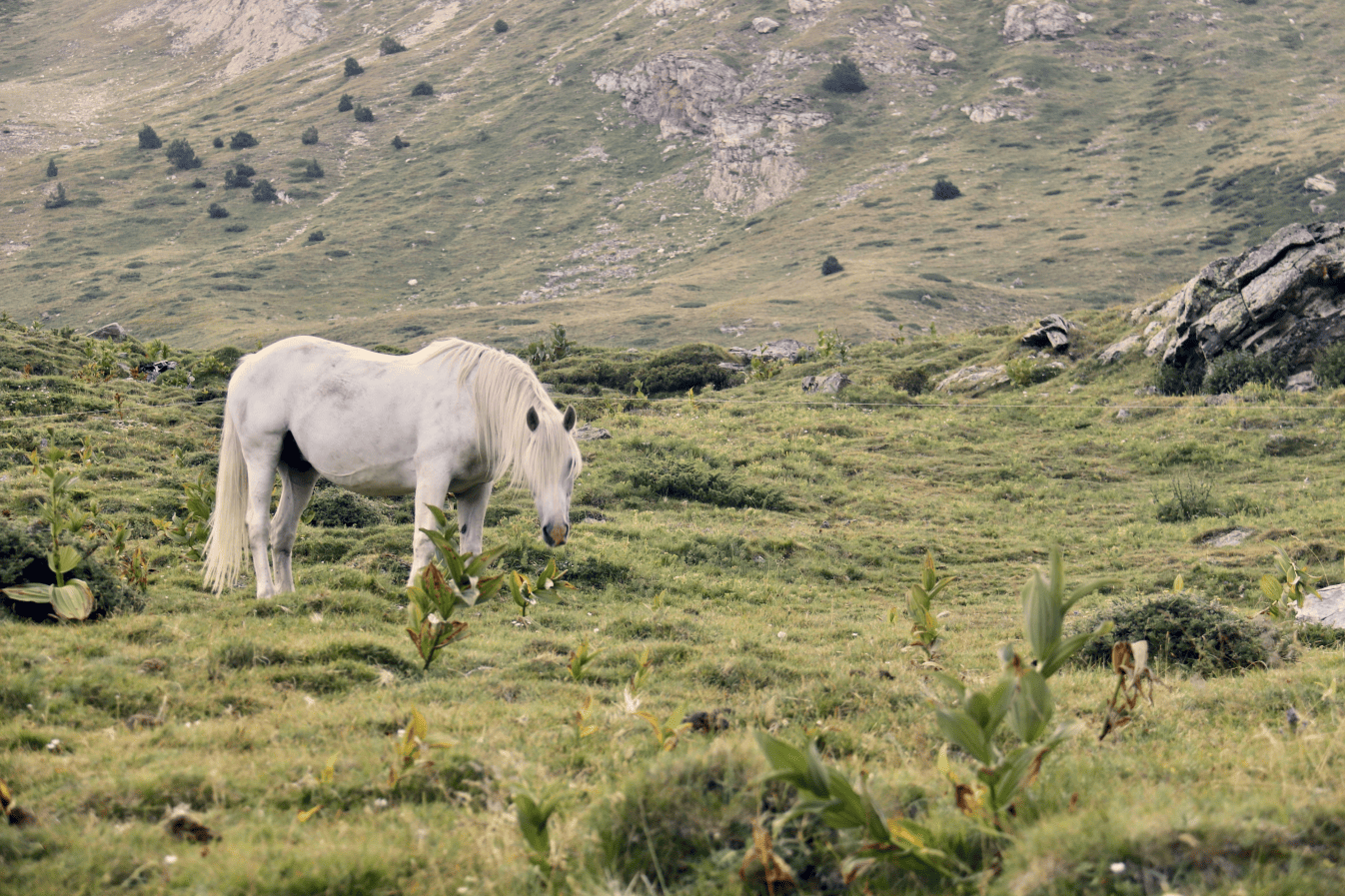Roaring Tales: The Wild Lives of Zoo Animals
Tiger: Adventures Behind the Zoo Gates
Tigers, with their striking orange coats and bold black stripes, are among the most iconic animals in the world. In zoos, they often serve as ambassadors for conservation, showcasing the majesty of nature’s top predators.

0+
Years Of Experience
0+
Animals Zoo
About Us
Red Kangaroo
The red kangaroo, the largest marsupial in the world, is a favorite among zoo visitors. Known for their powerful legs and iconic hopping, they represent the vast, arid landscapes of Australia.
In one zoo, a red kangaroo named Rusty became a star attraction for his playful behavior. Rusty loved engaging with his keepers during enrichment activities, particularly when they hid treats like sweet potatoes and carrots in burlap sacks. Visitors often marveled at his high jumps, sometimes reaching over 2 meters, especially during the zoo’s “kangaroo talks.”
Animals Zoos
Asiatic Lion
The Asiatic lion, a critically endangered subspecies, is smaller and shyer than its African relatives but no less majestic. With fewer than 700 left in the wild, these lions are carefully bred in zoos as part of global conservation efforts.
At one zoo, a lion named Sultan became the face of the Asiatic lion conservation program. Born to a mother rescued from poor conditions, Sultan was a symbol of hope. Visitors were captivated by his golden mane and deep, resonant roar, which echoed through the park.

Behind the Enclosures: Fascinating Lives of Zoo Animals
From Wild to Wonderful: Inspiring Stories of Zoo Inhabitants
Client Questions
Modern zoos prioritize animal welfare by providing enclosures that mimic natural habitats, offering enriched environments, and tailoring diets to meet the nutritional needs of each species. Additionally, animals receive regular health check-ups, and many zoos employ veterinarians and behavioral experts to monitor their well-being.
Absolutely! Zoos are critical in conserving endangered species through breeding programs, reintroduction efforts, and education. For example, the Asiatic lion and the Galápagos land iguana have benefited greatly from zoo-led conservation projects, helping to increase their populations and awareness of their plight.
Enrichment activities are designed to stimulate animals mentally and physically. These can include puzzle feeders, interactive toys, scent trails, or activities that mimic hunting or foraging. For instance, cheetahs often participate in “cheetah runs” that mimic chasing prey, which helps maintain their natural behaviors and fitness.
Many zoos offer safe, supervised interaction opportunities, such as feeding sessions with giraffes or flamingos and petting areas with friendly animals like Shetland ponies. These experiences help visitors connect with animals on a deeper level while promoting respect and understanding of wildlife.

Our Testimonial
What Our Customers Say About Us





Wild Encounters
Extraordinary Lives of Animals in Captivity
Lion
The lion, often called the "King of the Jungle," is one of the most iconic animals in any zoo. Asiatic lions, in particular, are a rare and endangered subspecies that thrive in carefully managed zoo environments.
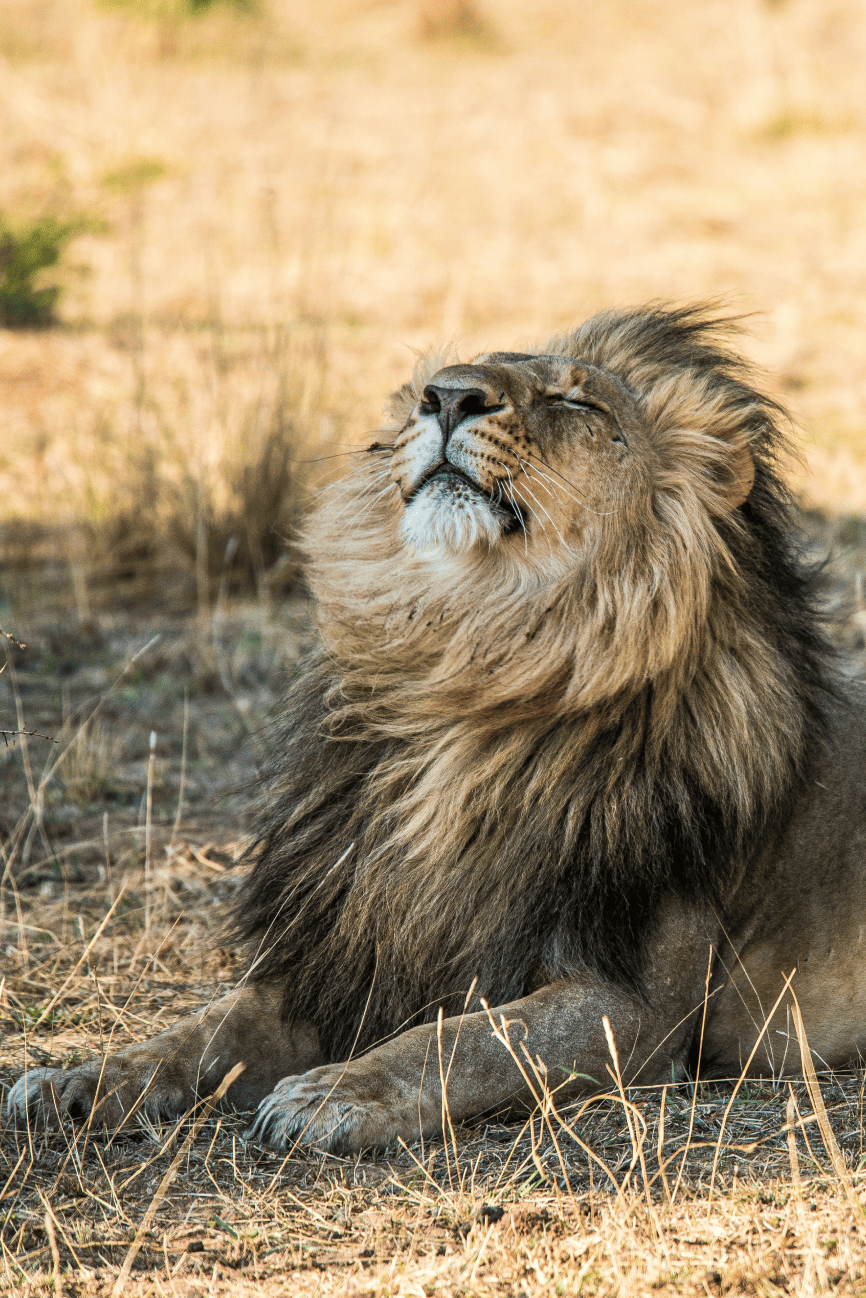
Jellyfish
Jellyfish are mesmerizing creatures that float gracefully in illuminated tanks, captivating visitors with their ethereal beauty. These ancient animals, which lack bones, a brain, or even a heart, thrive in carefully controlled aquariums that replicate the ocean's delicate balance.


